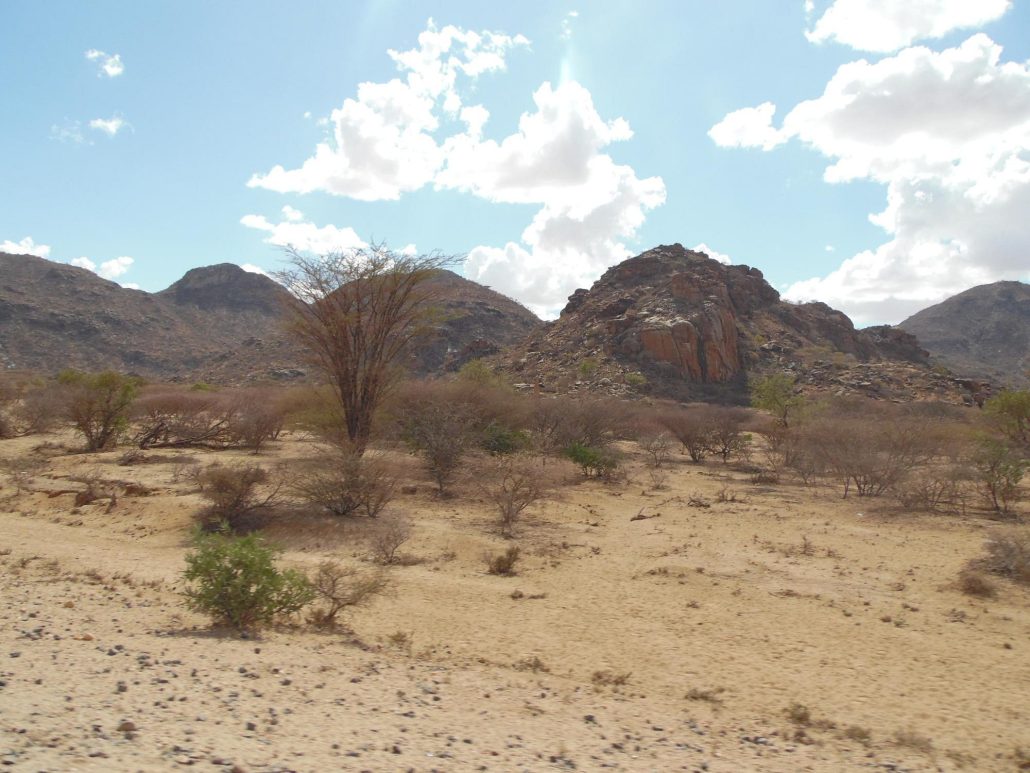Lake Turkana
Lake Turkana, known as the “Jade Sea” due to its striking turquoise color, is the largest permanent desert lake in the world and the largest lake in Kenya. It is situated in the arid northern region of the country, about 1,000 kilometers (620 miles) from Nairobi, and stretches approximately 250 kilometers (155 miles) in length. The lake is a UNESCO World Heritage Site, recognized for its unique ecosystem and cultural significance, as it supports various indigenous communities, including the Turkana people.

Lake Turkana is fed by the Omo River from Ethiopia, and its high evaporation rate leads to a saline environment. The lake is encircled by dramatic landscapes, including the Chalbi Desert to the east and the Great Rift Valley to the west, offering visitors breathtaking views and a sense of isolation. The surrounding area is rich in archaeological sites, with fossils of early hominids discovered here, making it an important region for understanding human evolution.
Scenery Of Lake Turkana
Lake Turkana’s scenery is characterized by stunning contrasts. The vibrant blue-green waters of the lake are set against the backdrop of rugged mountains and arid landscapes, creating a picturesque environment. The lake’s surface is often dotted with small islands, such as Central Island, which features volcanic formations and rich biodiversity.
The surrounding landscape is home to unique geological formations, including volcanic craters and ancient lava flows. The sunsets at Lake Turkana are particularly breathtaking, with hues of orange and pink reflecting off the water, making it a paradise for photographers and nature lovers alike.
